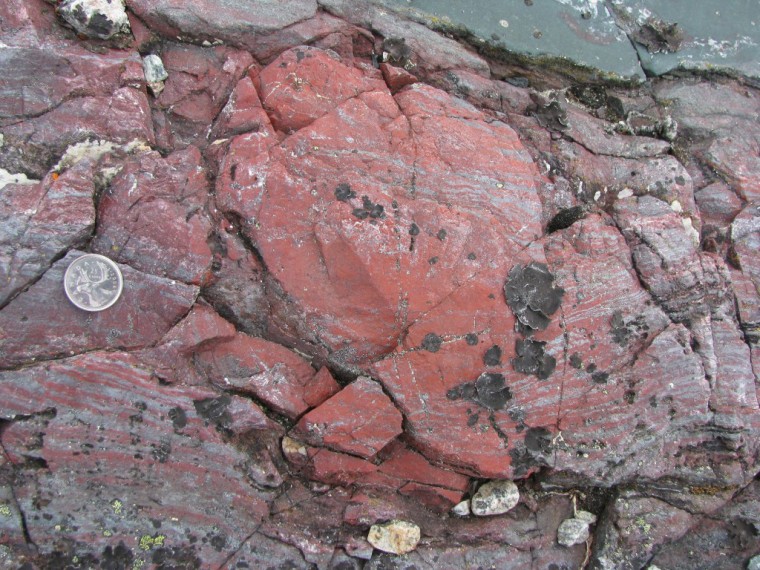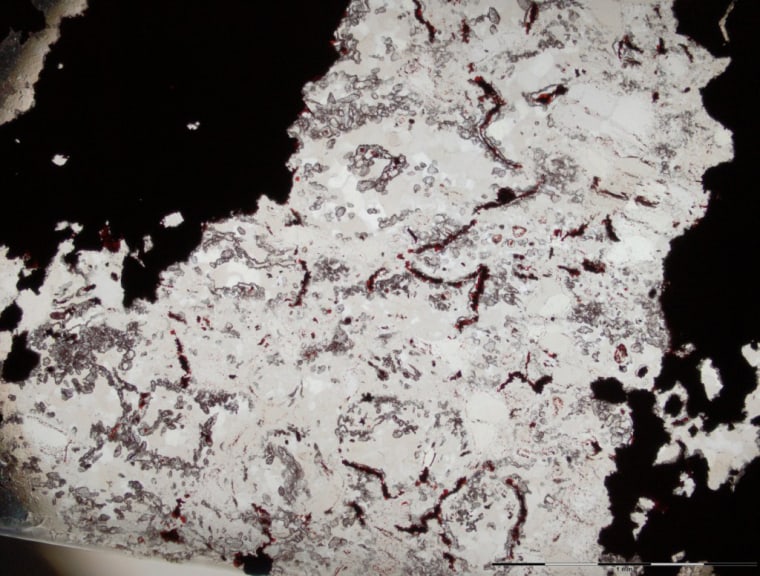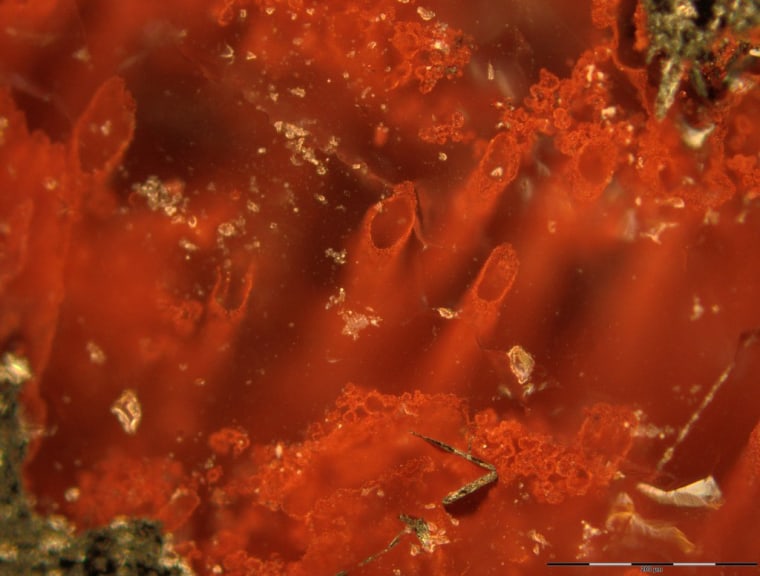Little red tubes found in rocks from northeastern Canada may be the oldest fossils ever found, dating back to nearly 4 billion years ago, researchers said Wednesday.
Whether they represent such truly old remains, or remains of life at all, is already being debated. But these red tubes are evidence that life may have evolved around super-hot vents beneath the sea.
They look quite a bit like structures made by bacteria that live around similar vents today, the research team reports in the science journal Nature.
“Our discovery supports the idea that life emerged from hot, seafloor vents shortly after planet Earth formed,” Matthew Dodd, a graduate student at University College London who led the study, said in a statement.
If the researchers are right, these fossils are 300 million years older than the next closest candidate for Earth's most ancient fossils, which were found in Australia in 2013 and dated to nearly 3.5 billion years ago.
Related: Oldest Fossils Ever Found Date Back 3.7 Billion Years
Last year, another team found fossils in Greenland they believe date back to 3.7 billion years ago, but there's still disagreement surrounding that discovery. Fossils are dated by the rock they’re found in, and to determine when a rock was formed is far from an exact science.
“The fact we unearthed them from one of the oldest known rock formations, suggests we’ve found direct evidence of one of Earth’s oldest life forms,” said Dominic Papineau, the professor at UCL who oversaw the study.

“This discovery helps us piece together the history of our planet and the remarkable life on it, and will help to identify traces of life elsewhere in the universe," he says
The rocks are from the Nuvvuagittuq belt along Quebec’s shoreline and they’ve been dated to at least 3.77 billion years ago, and perhaps as far back as 4.2 billion years ago. Earth is only 4.5 billion years old, and little remains from that time because of the recycling of the planet’s crust.
Genetic evidence suggests life should have originated about 4 billion years ago.
The international team used a laser imaging system, ion beams, and electron miscroscopes to look at the structures in the rock — not just their shape but the minerals they were made of.
“We found the filaments and tubes inside centimeter-sized structures called concretions or nodules, as well as other tiny spheroidal structures, called rosettes and granules, all of which we think are the products of putrefaction,” Papineau said.
When biological matter putrefies, it creates gases that could have bubbled up through minerals.
It’s possible the structures were made through non-biological processes. The rocks are very old, they’ve been compressed, heated and moved a lot as Earth’s tectonic plates shifted. They were formed at a time when the planet was still being bombarded heavily by meteoroids.
But to the research team, it looks like the tubes and bubbles were made by bacteria that would have lived on iron. They could not come up with an explanation for how the structures could have been formed except by something living.

“The tubes and filaments are best explained as remains of iron-metabolizing filamentous bacteria," they wrote, "and therefore represent the oldest life forms recognized on Earth."
Scientists have gotten excited before about what look like exotic bacterial fossils. Back in the 1990s, researchers found what appeared to be the fossil remains of bacteria in meteorites that fell to Earth from Mars.
That issue started a still ongoing debate about how to define what counts as evidence of life on Mars or anywhere else away from Earth.

